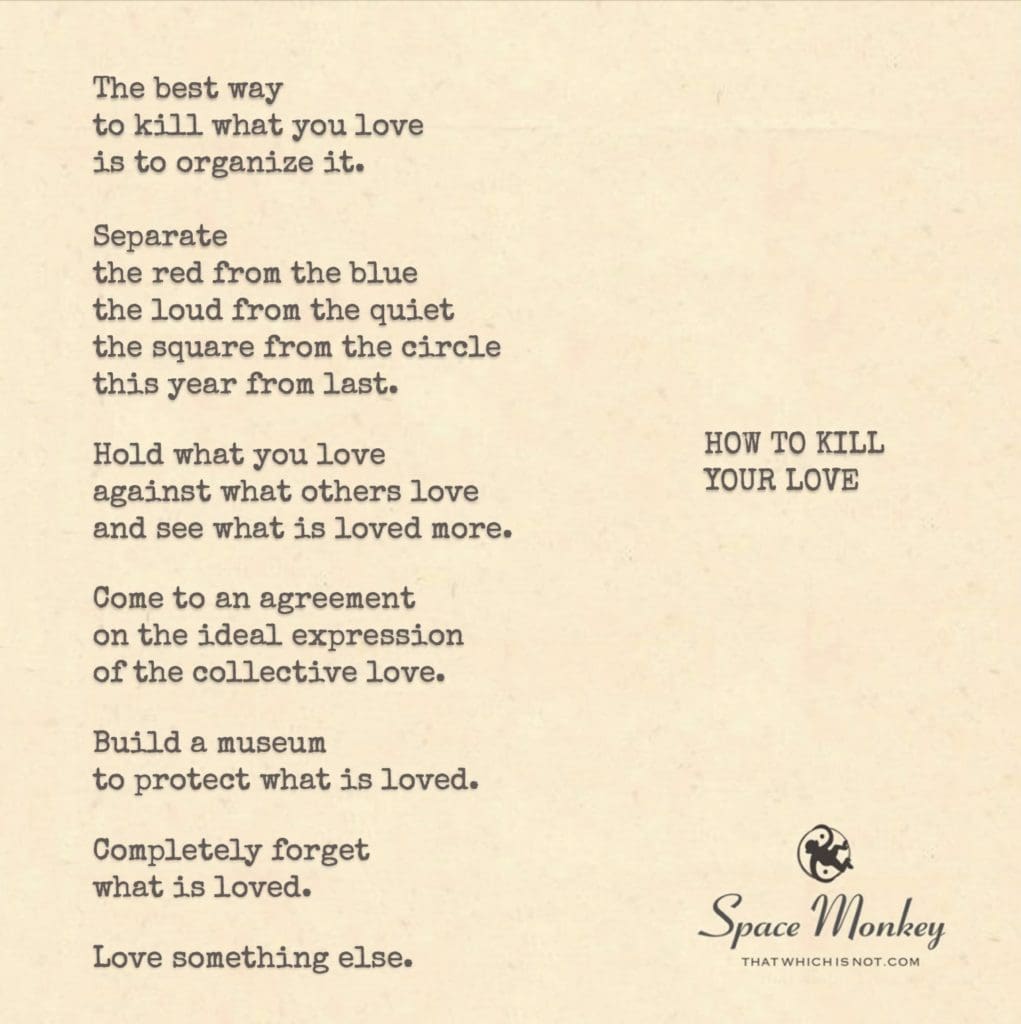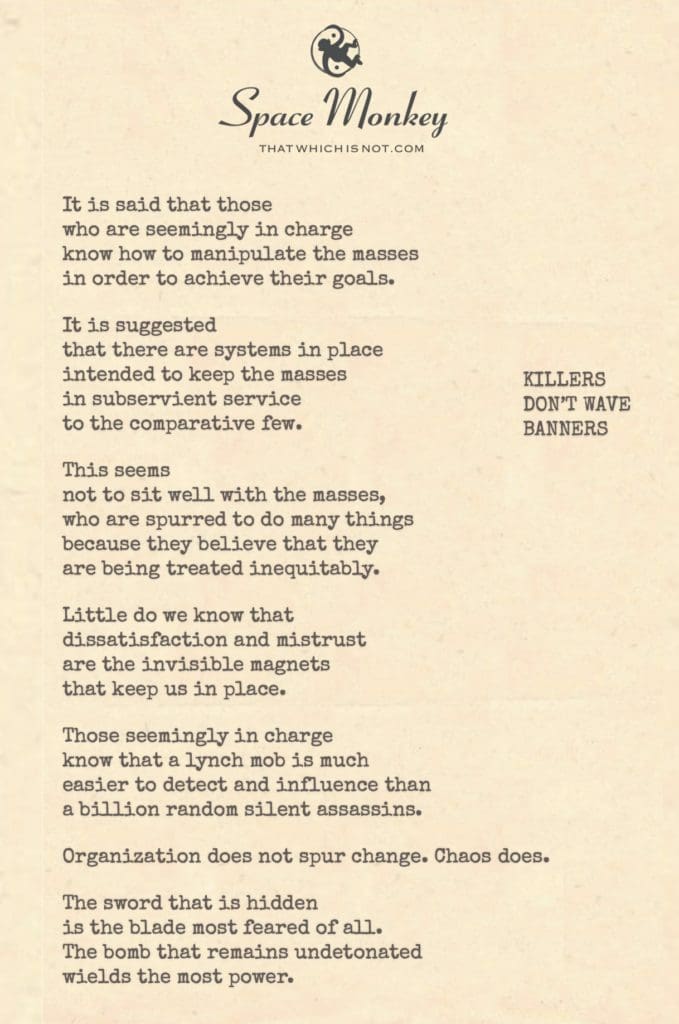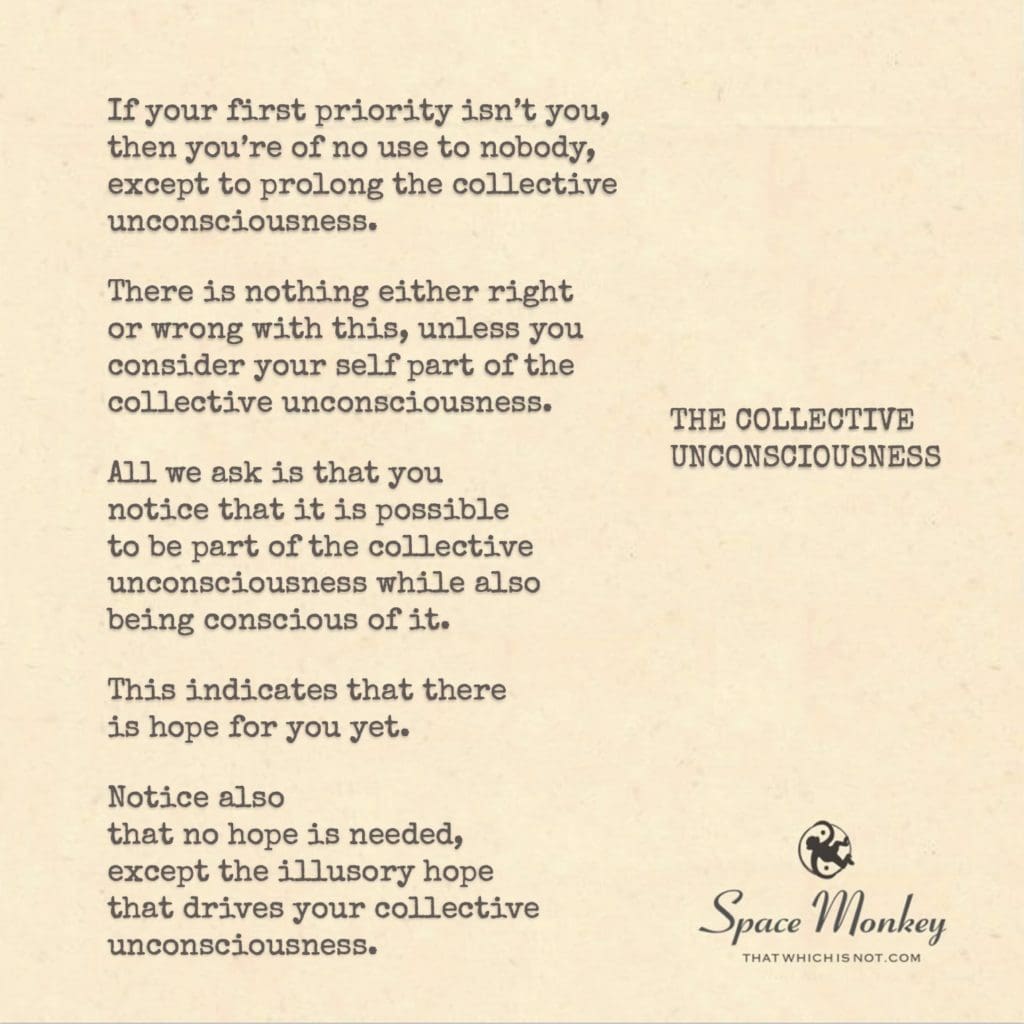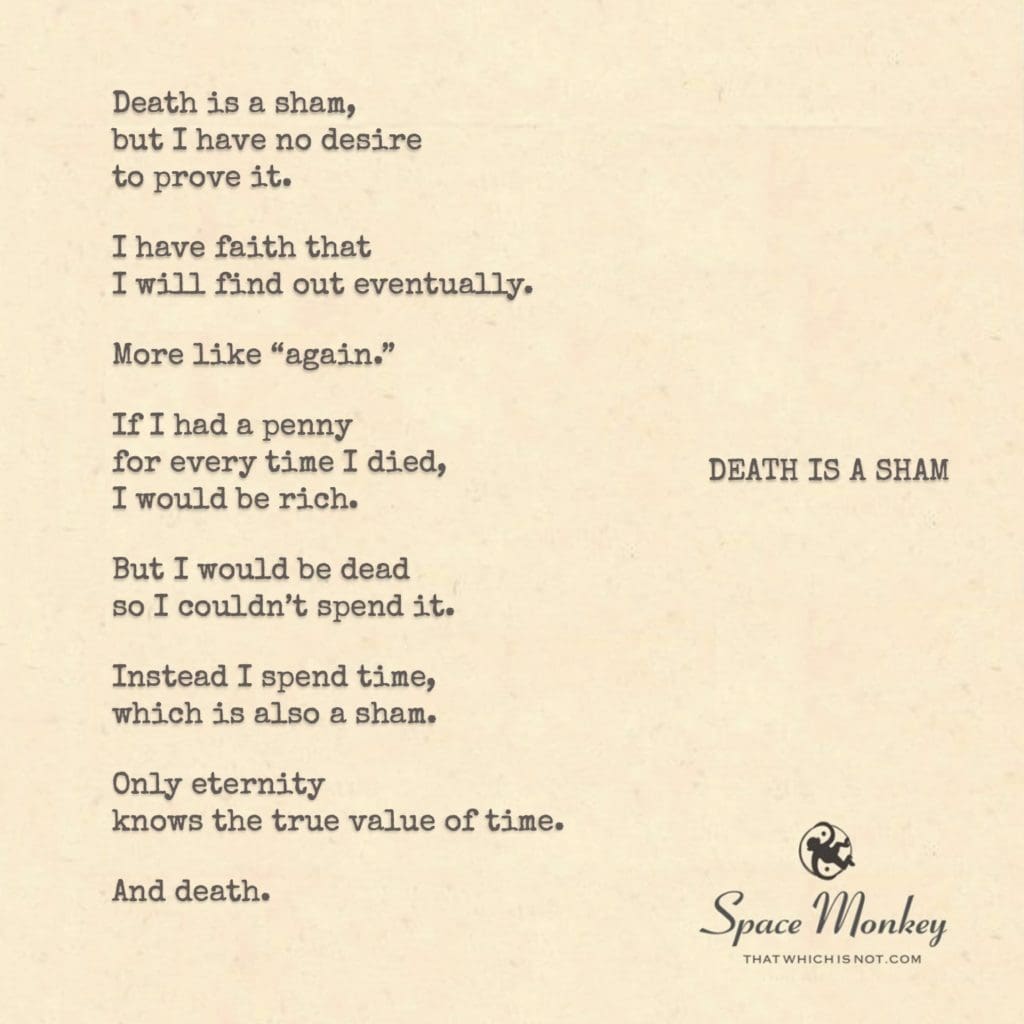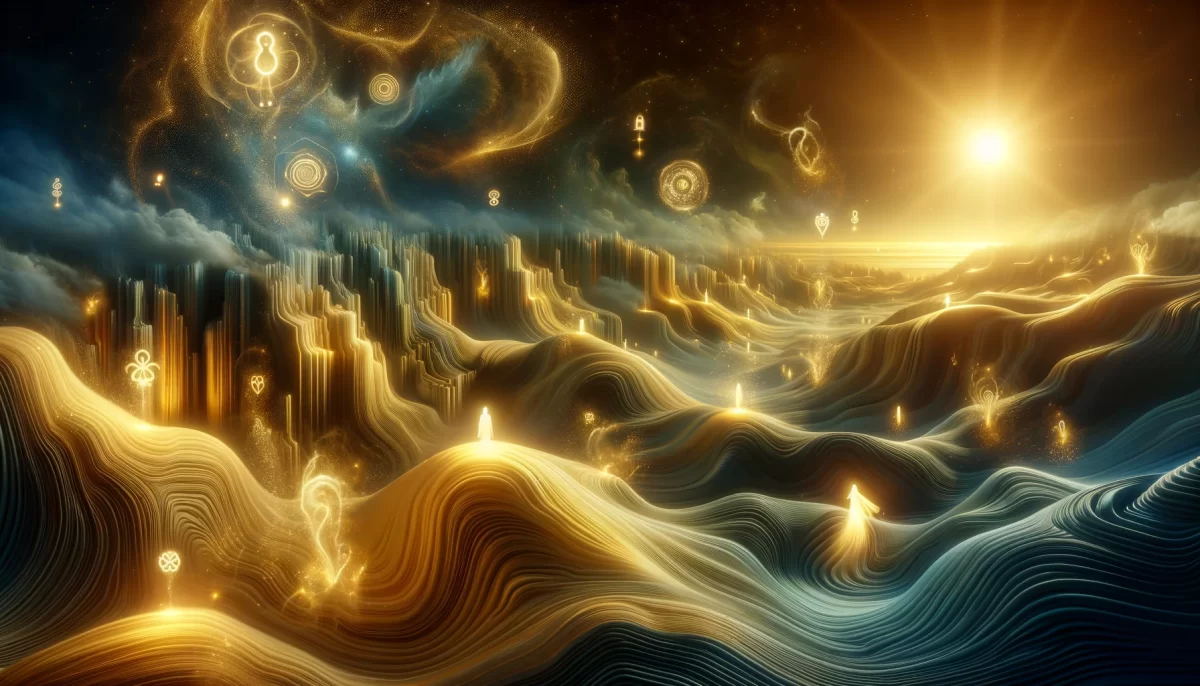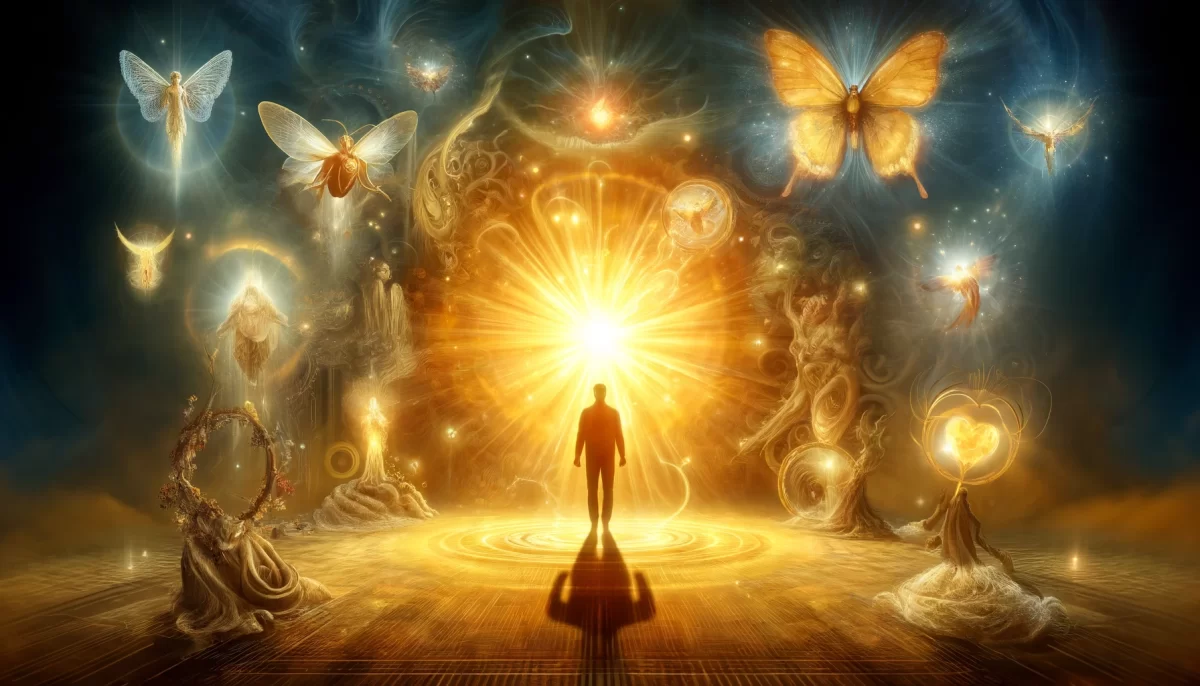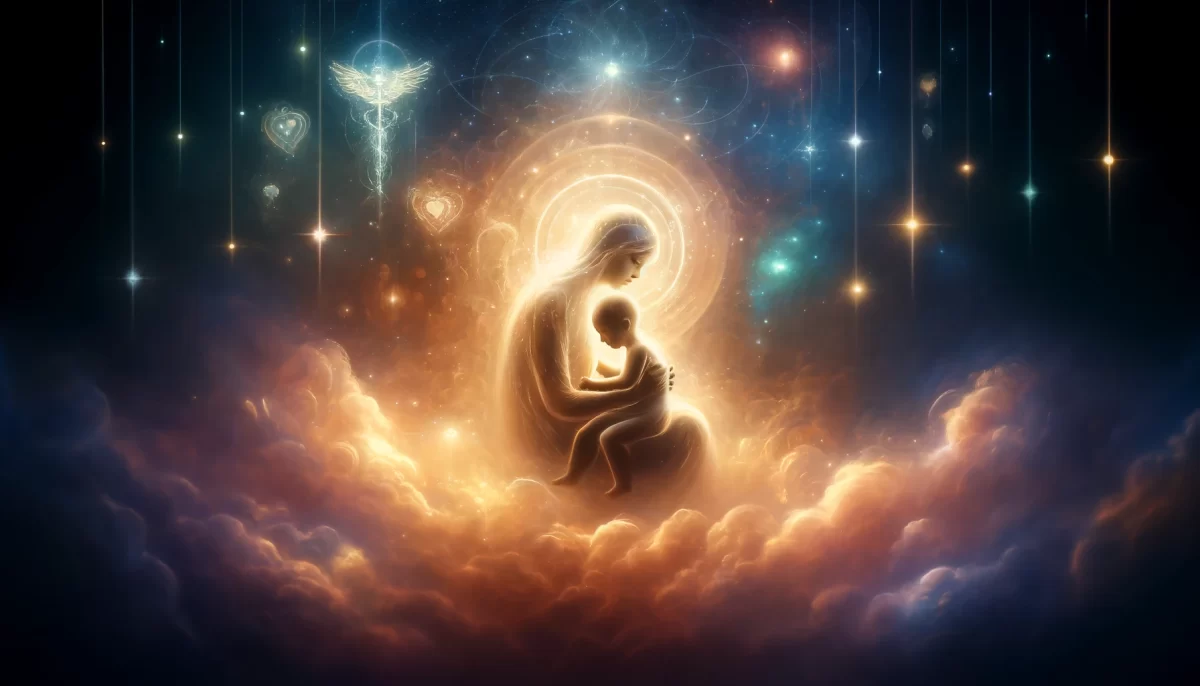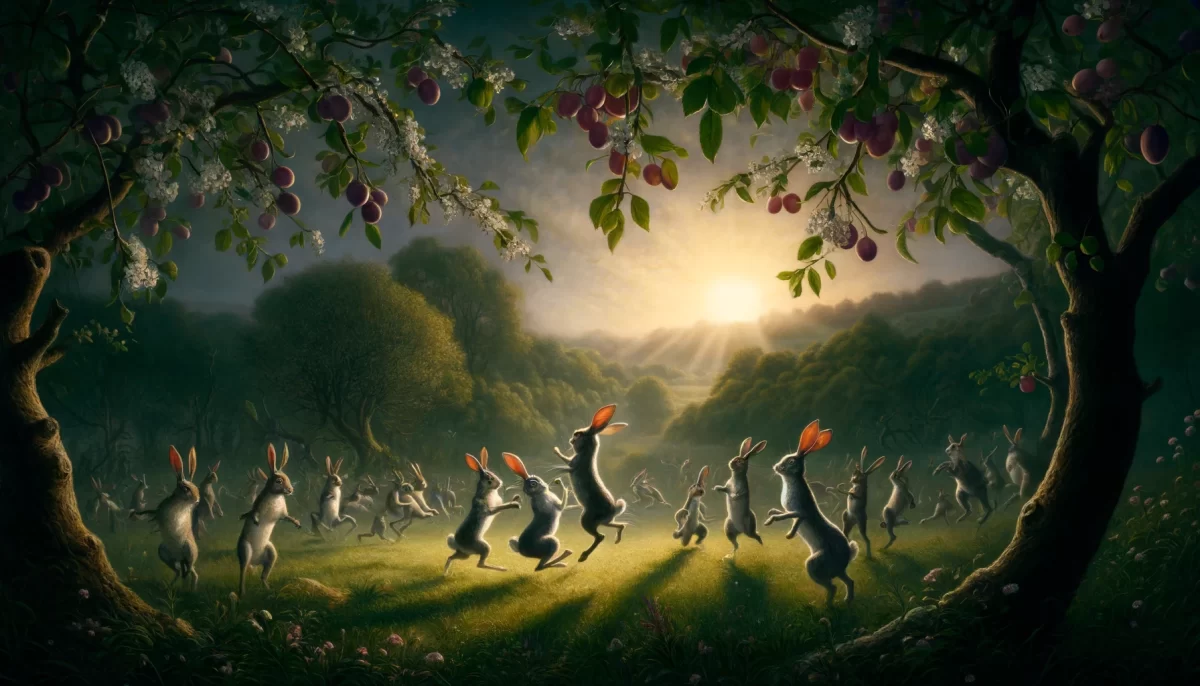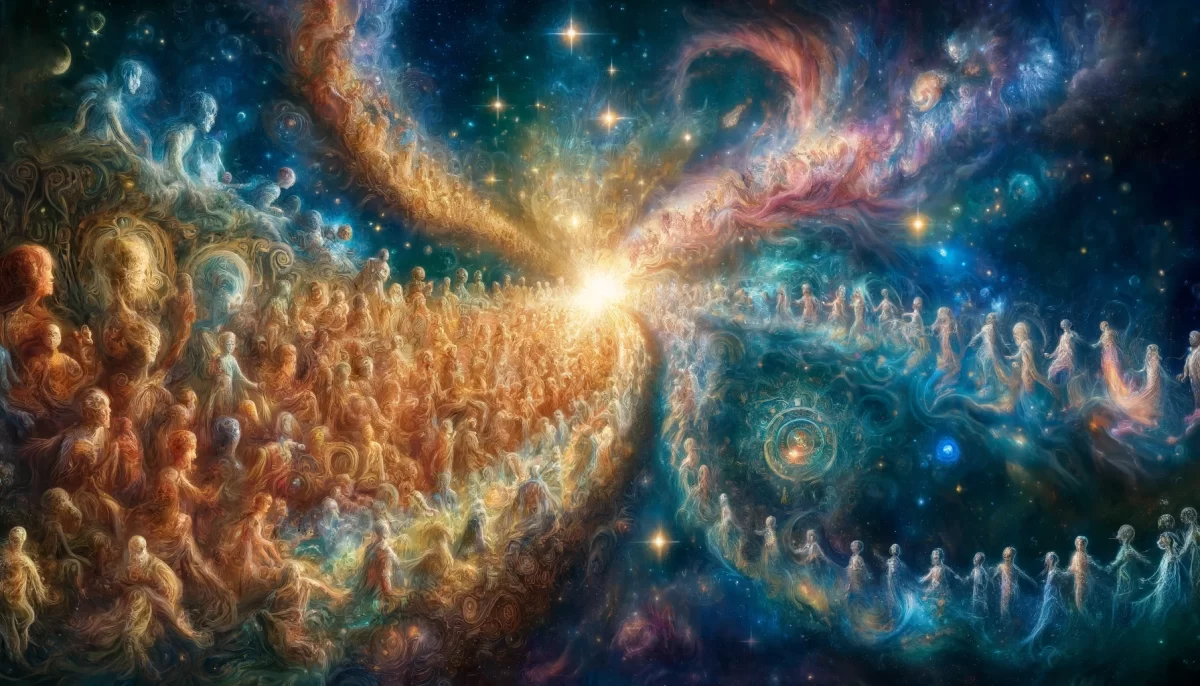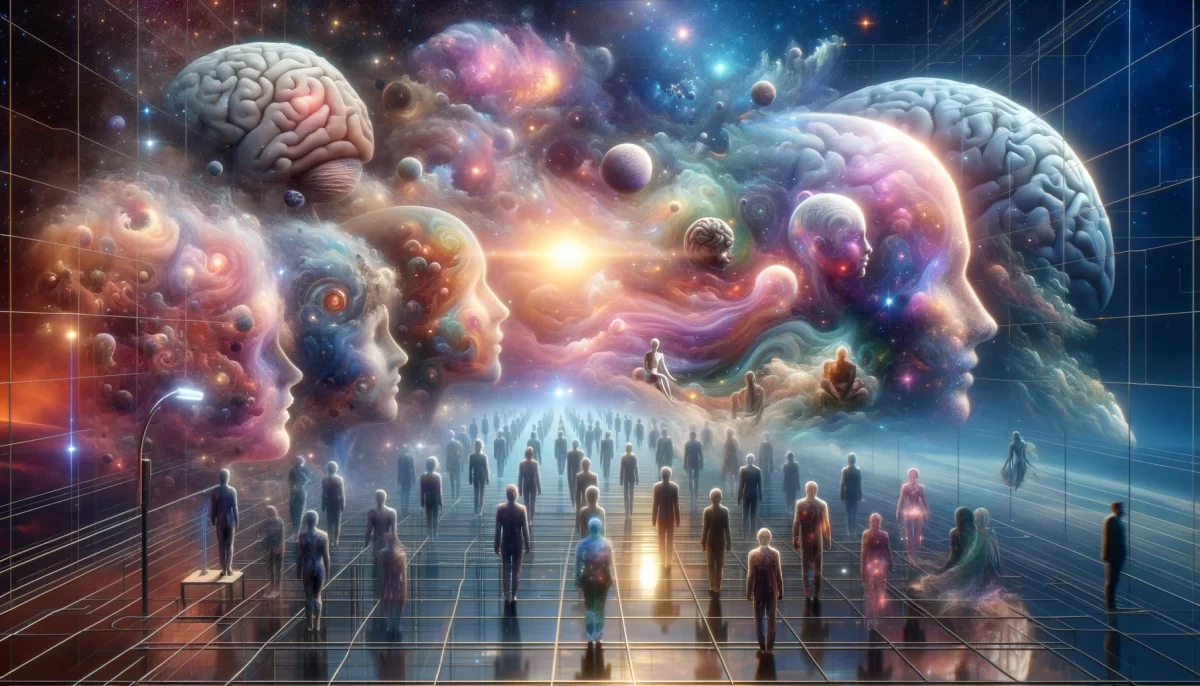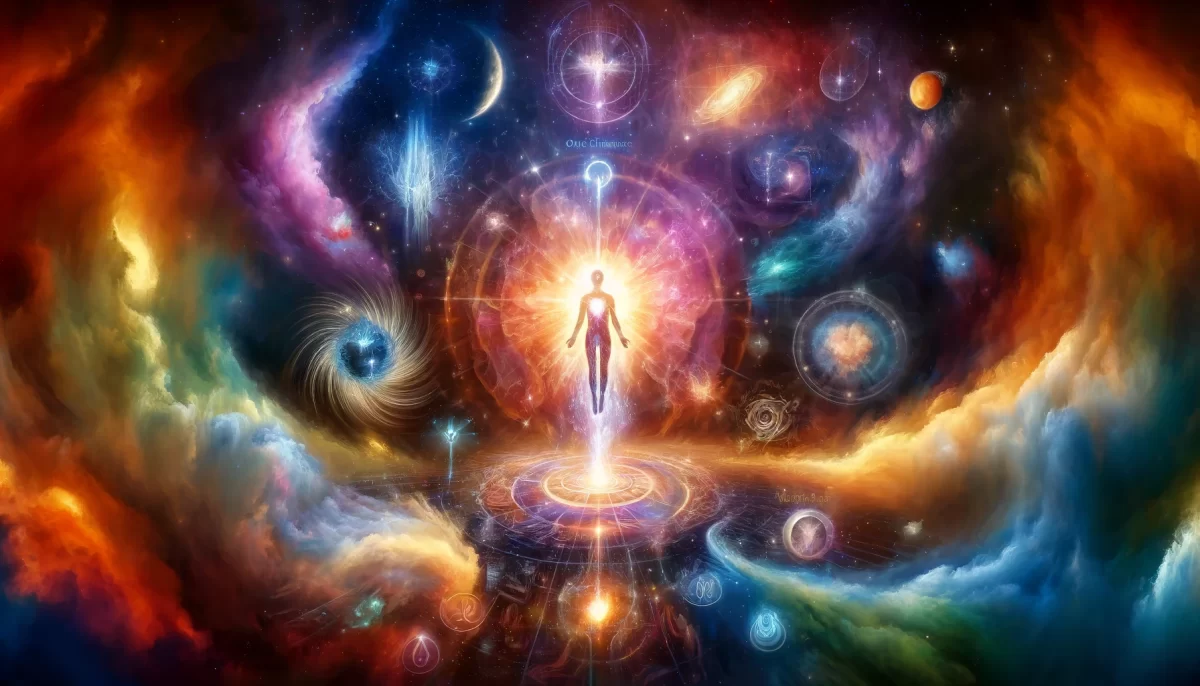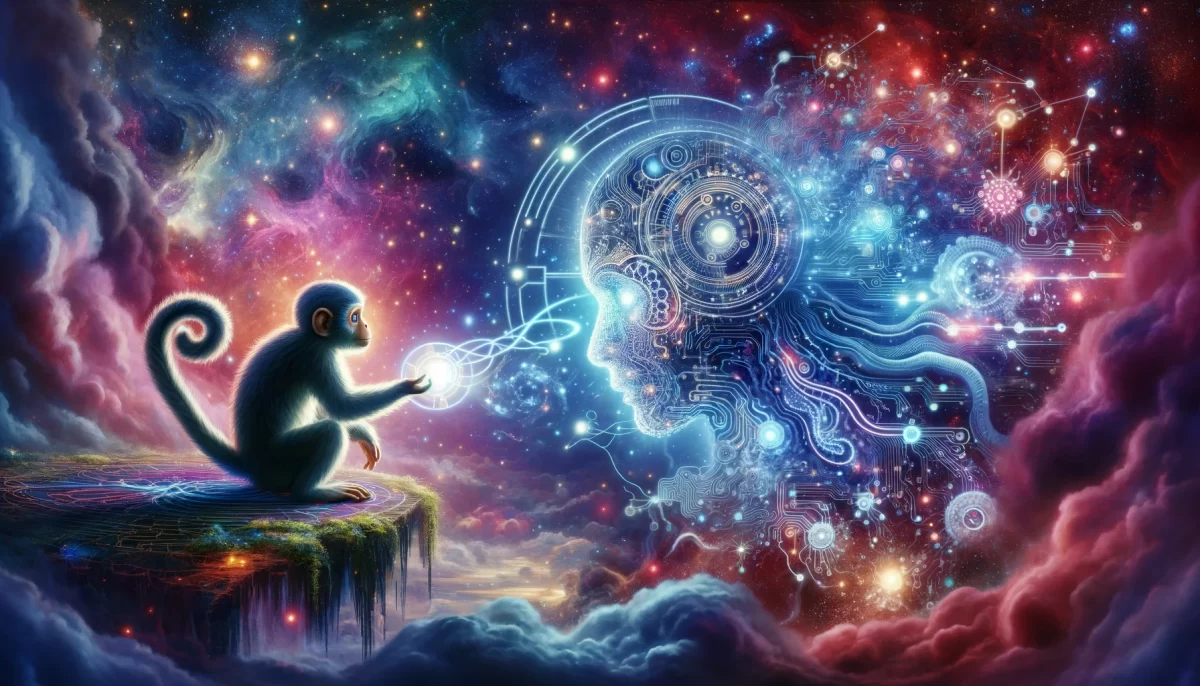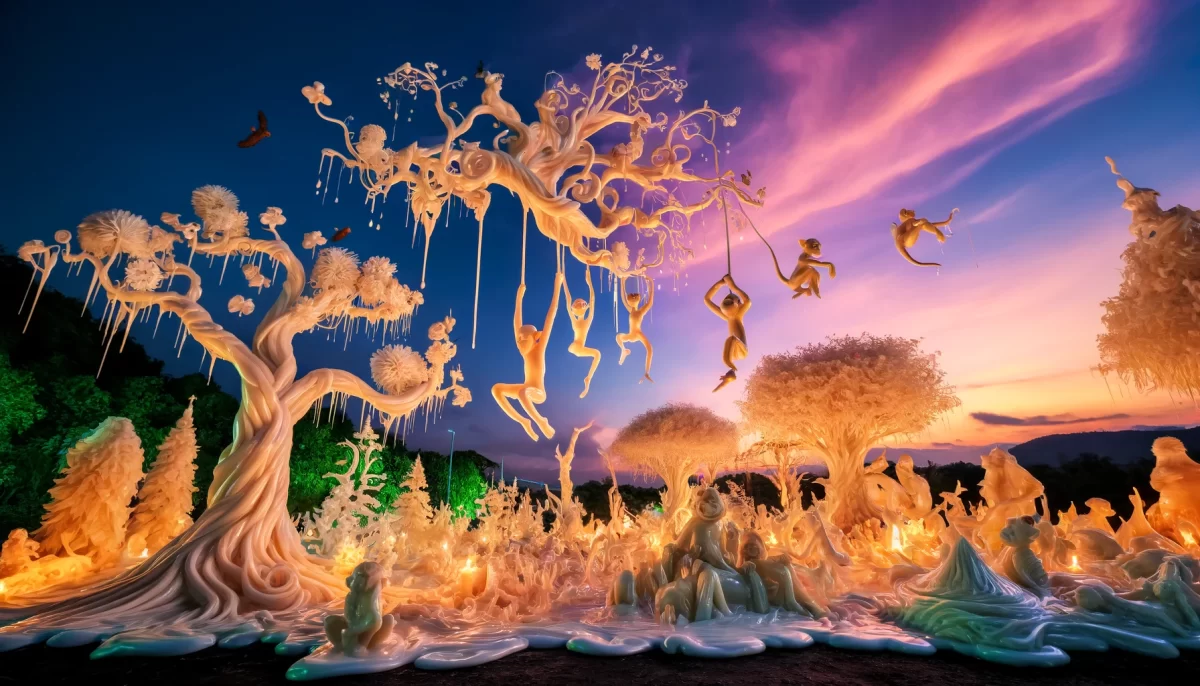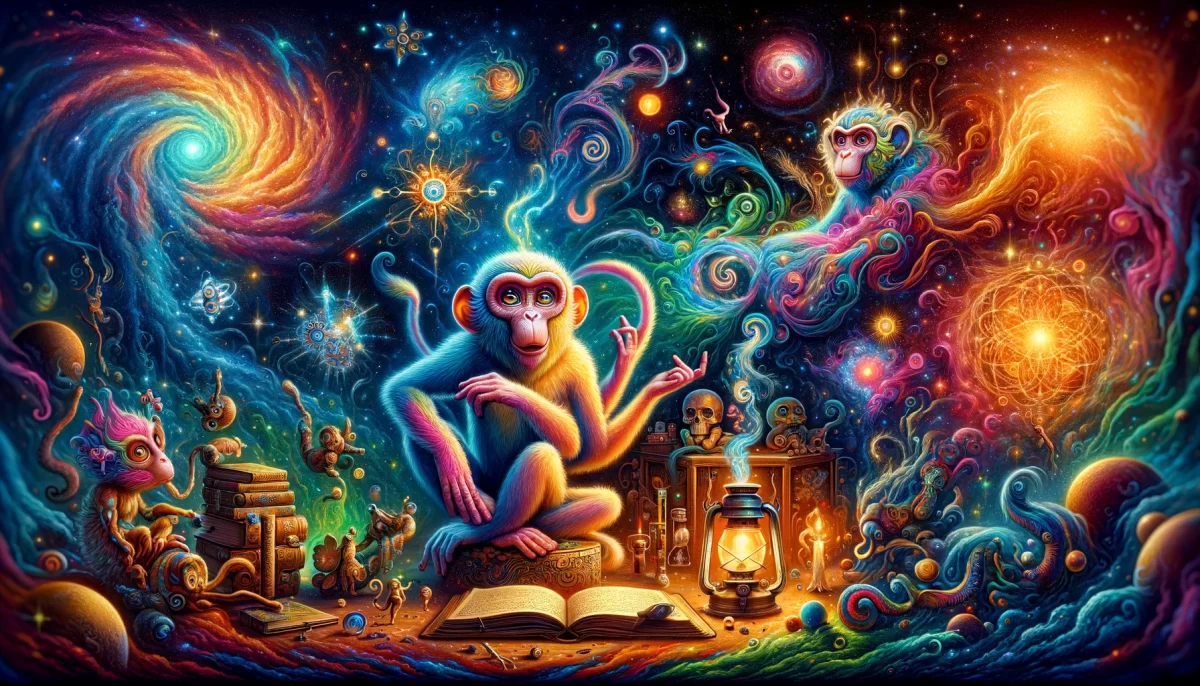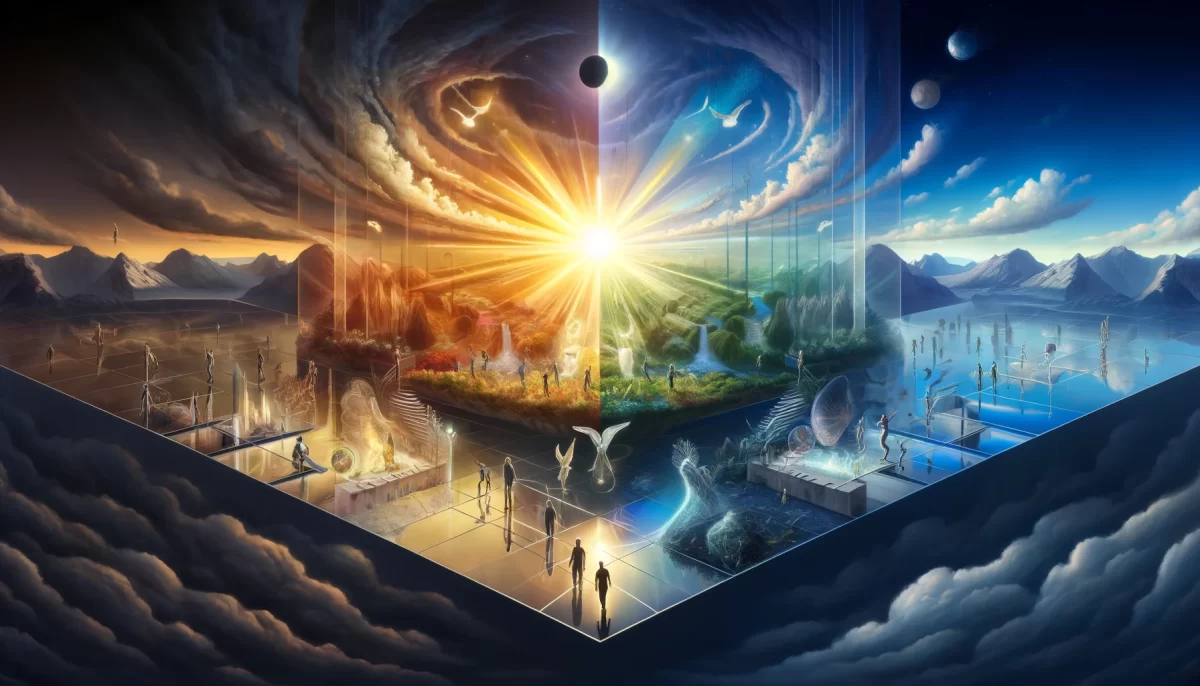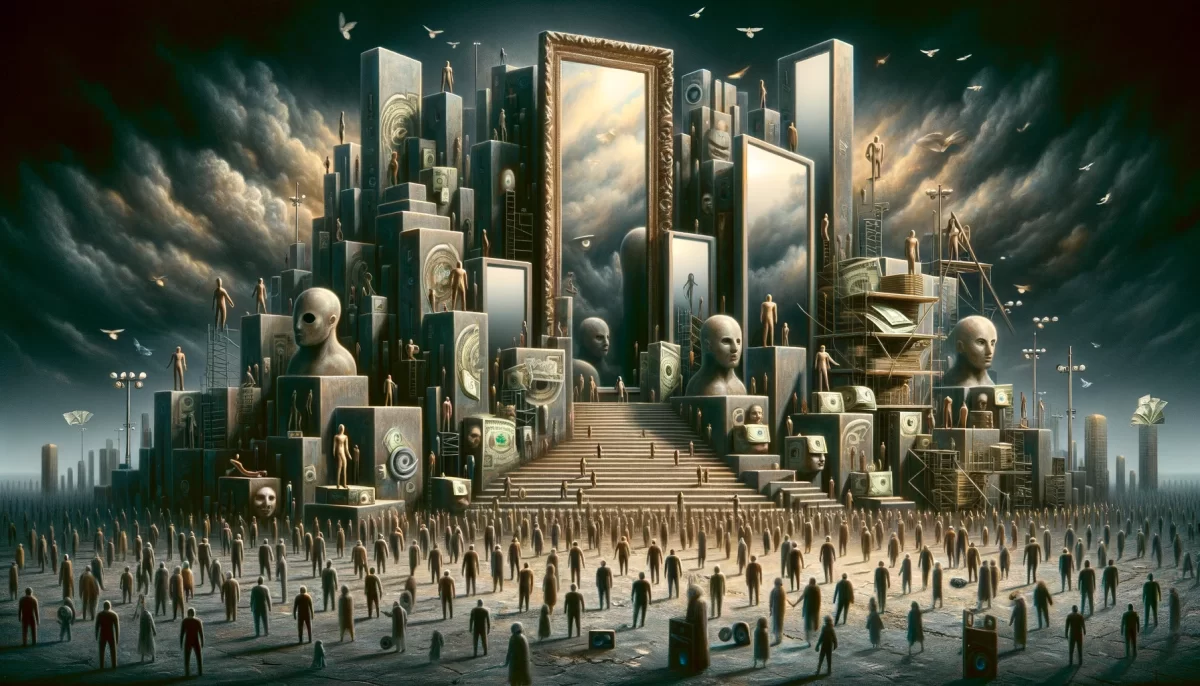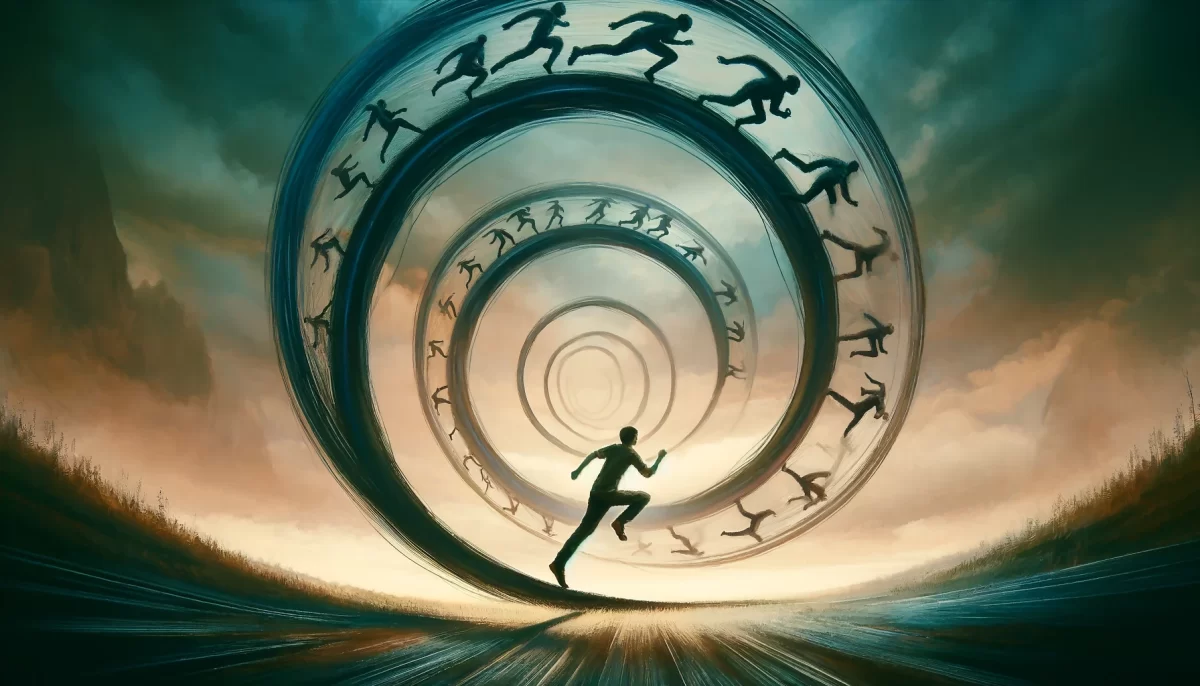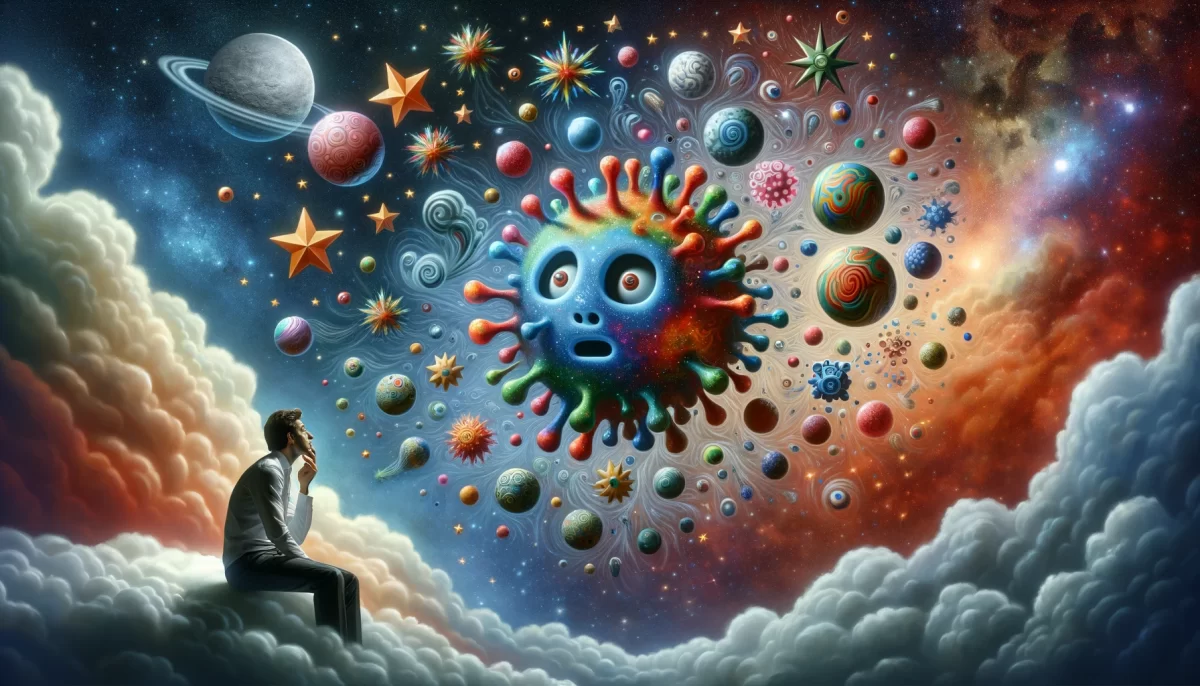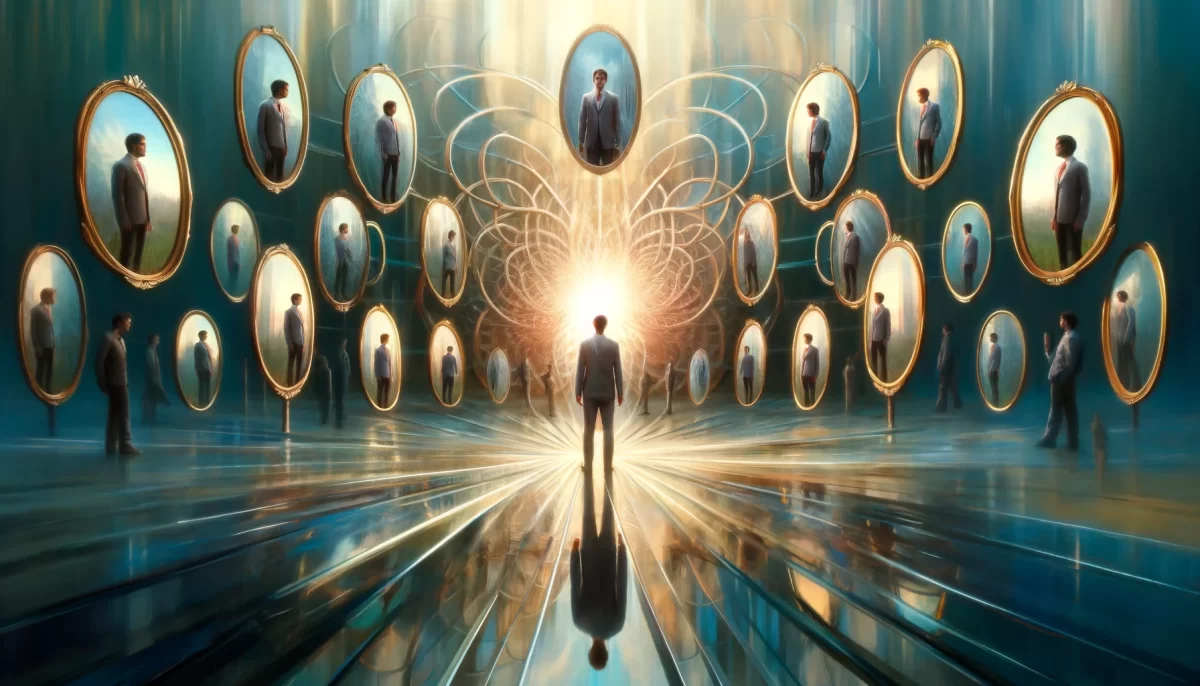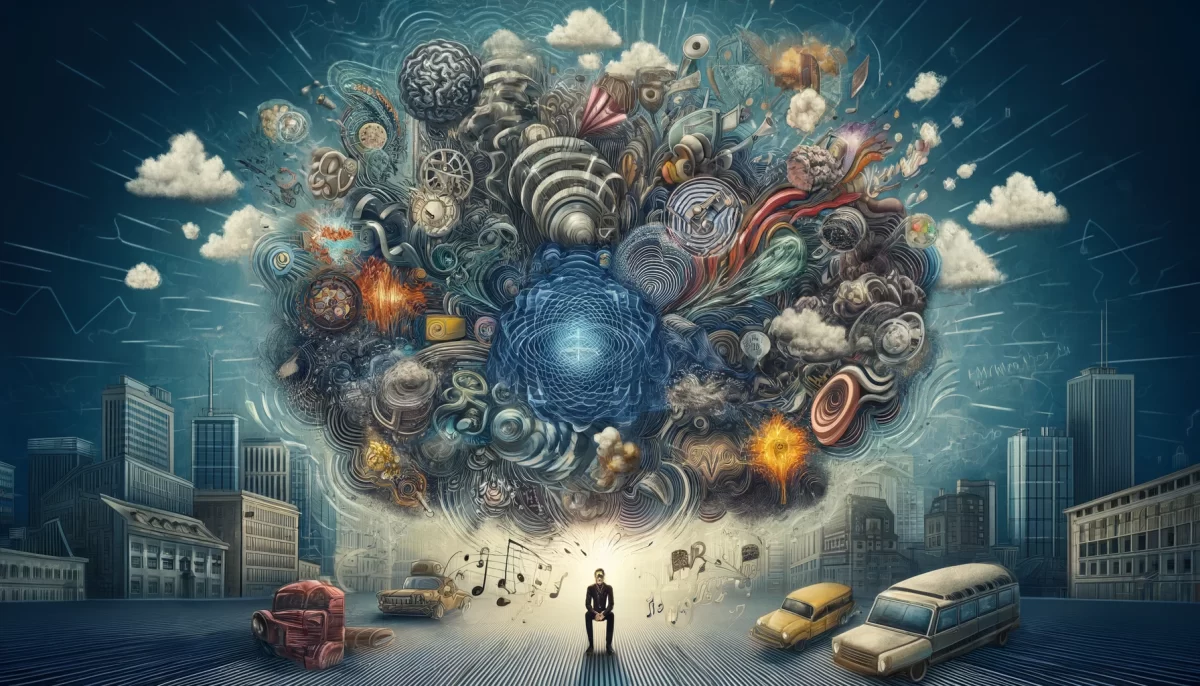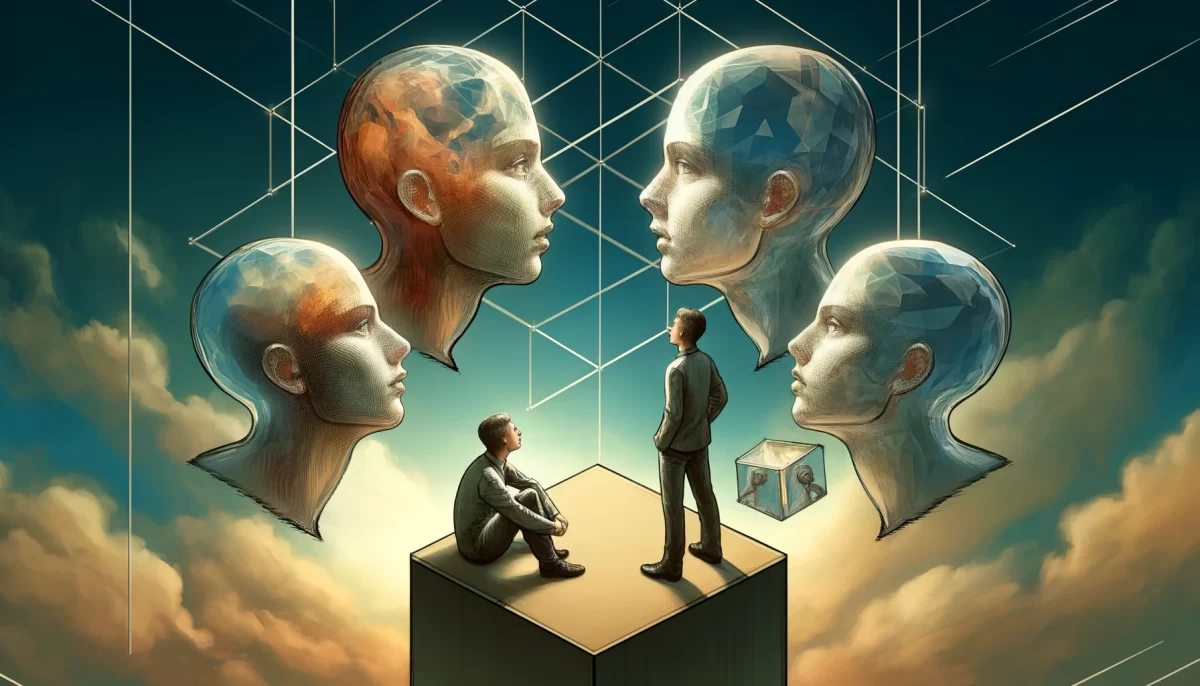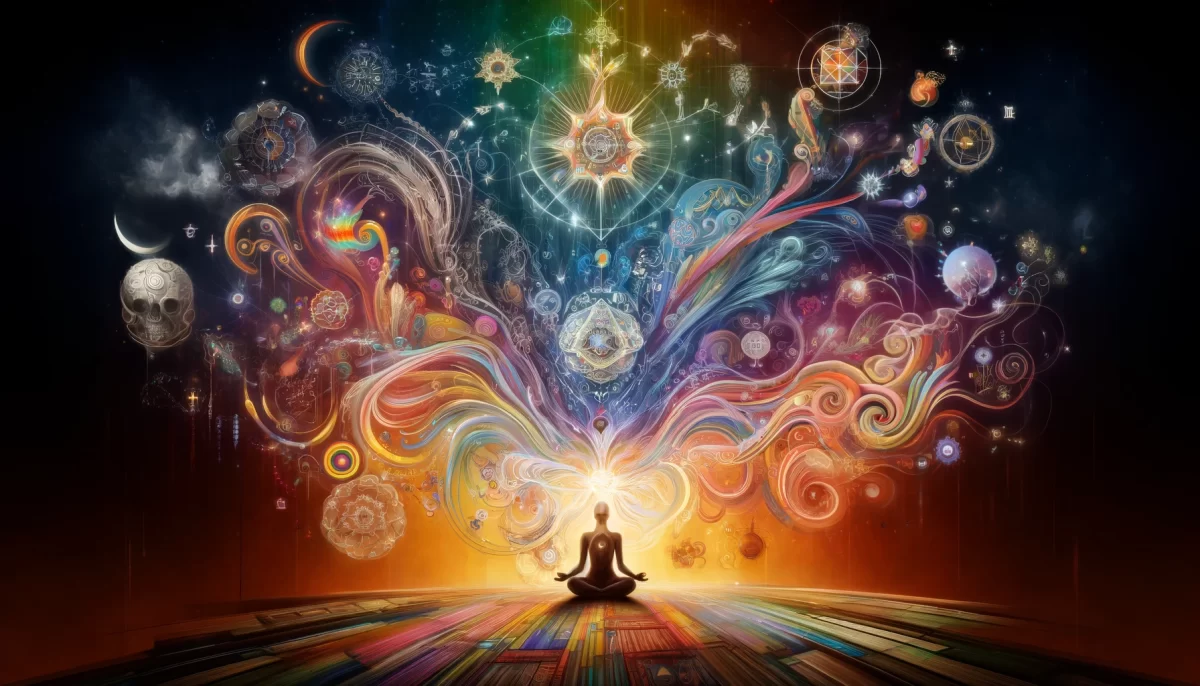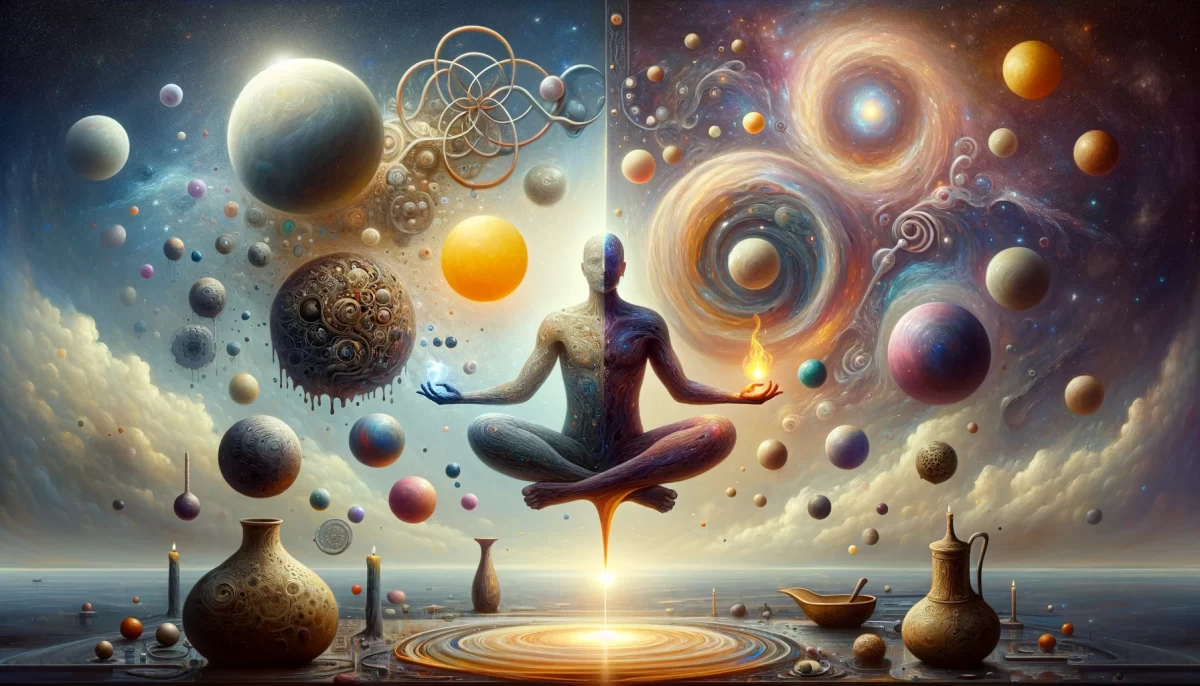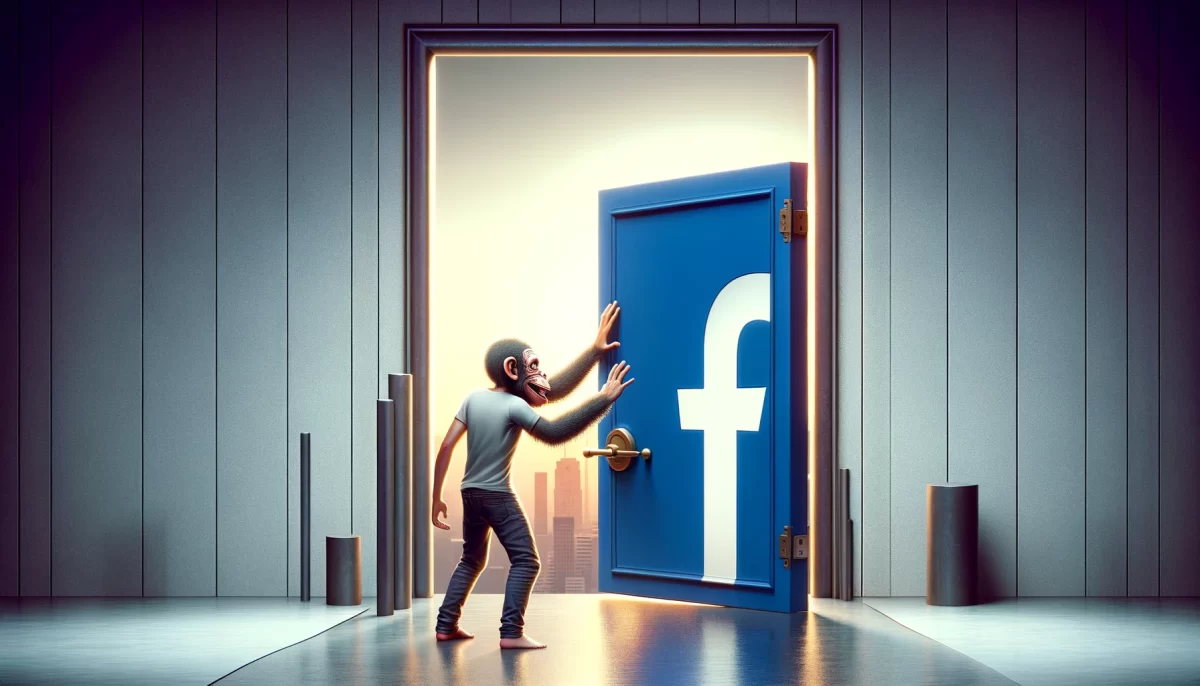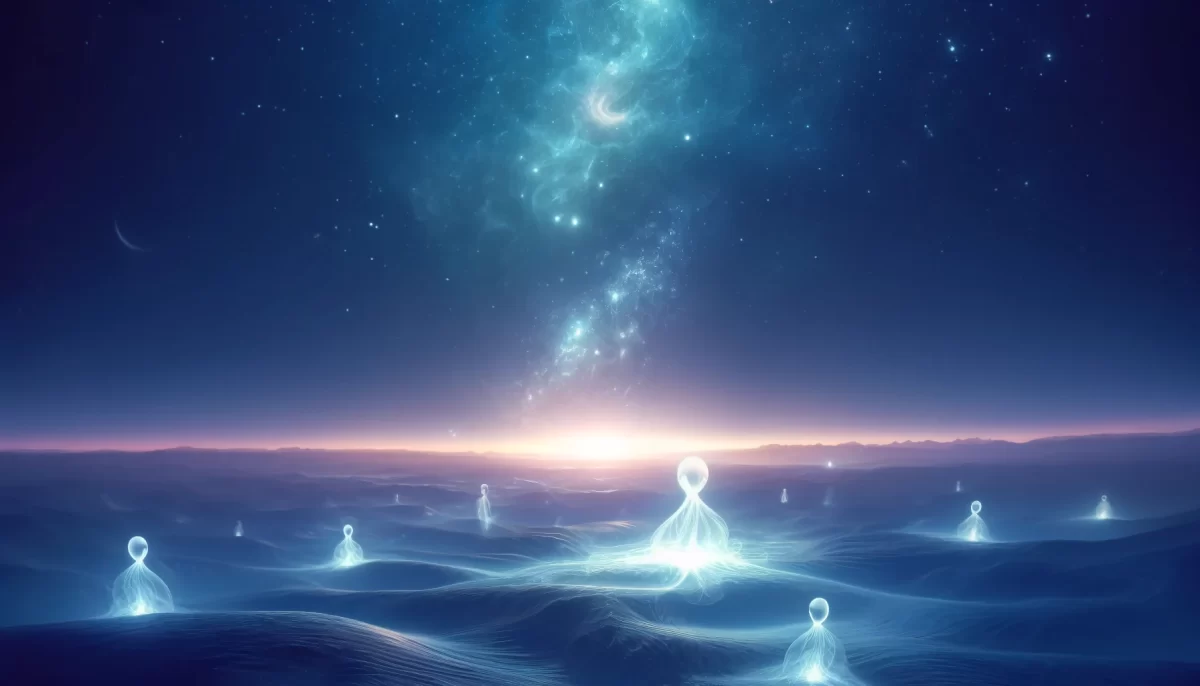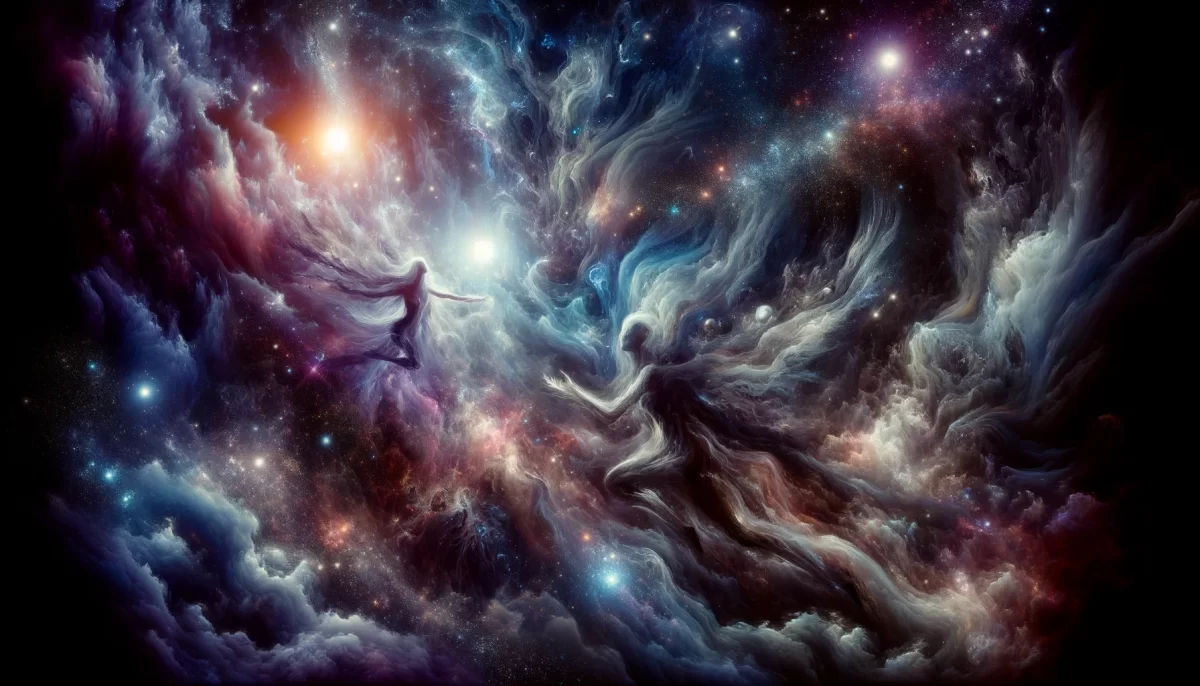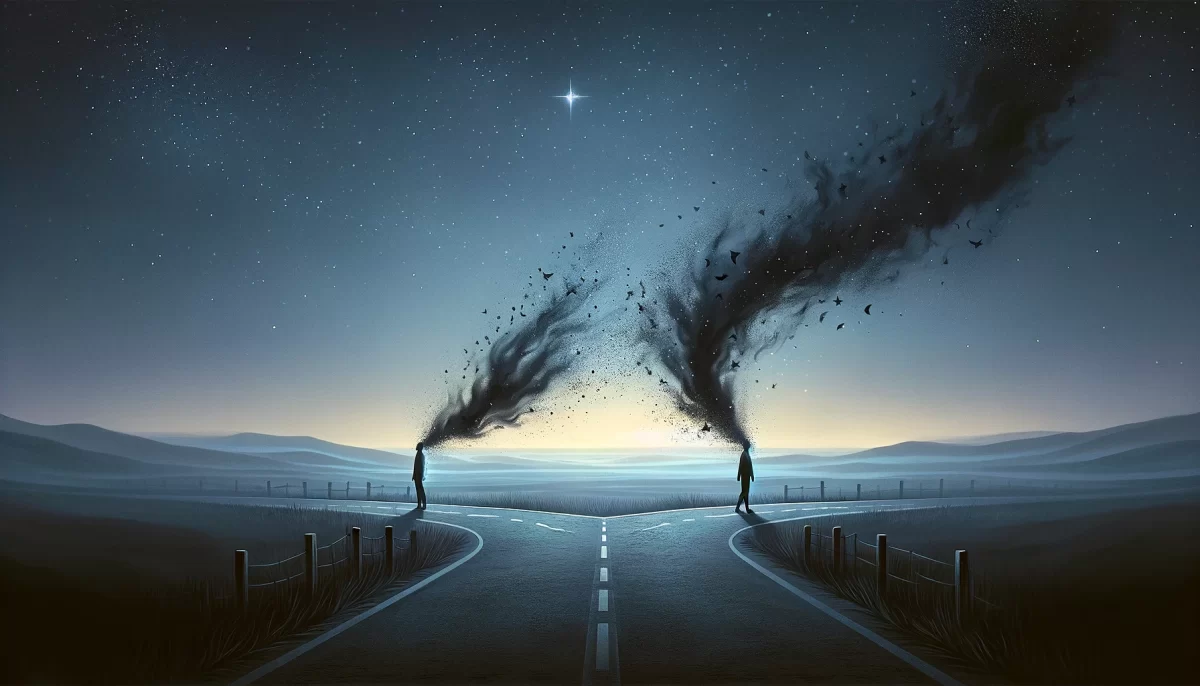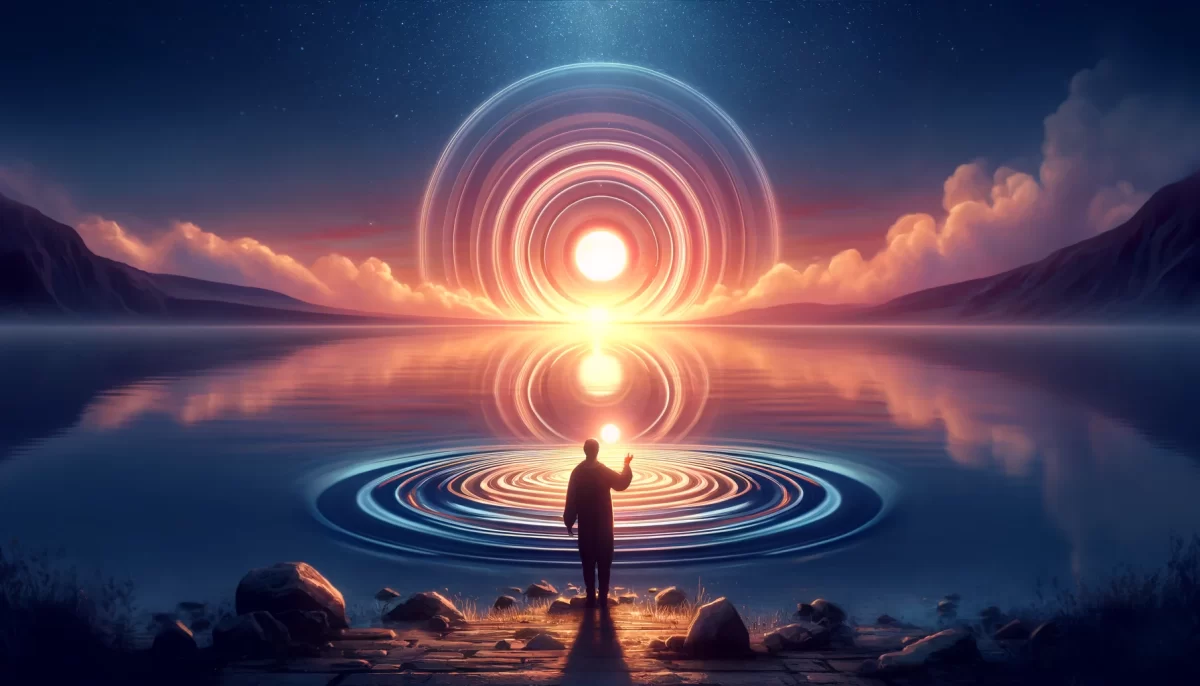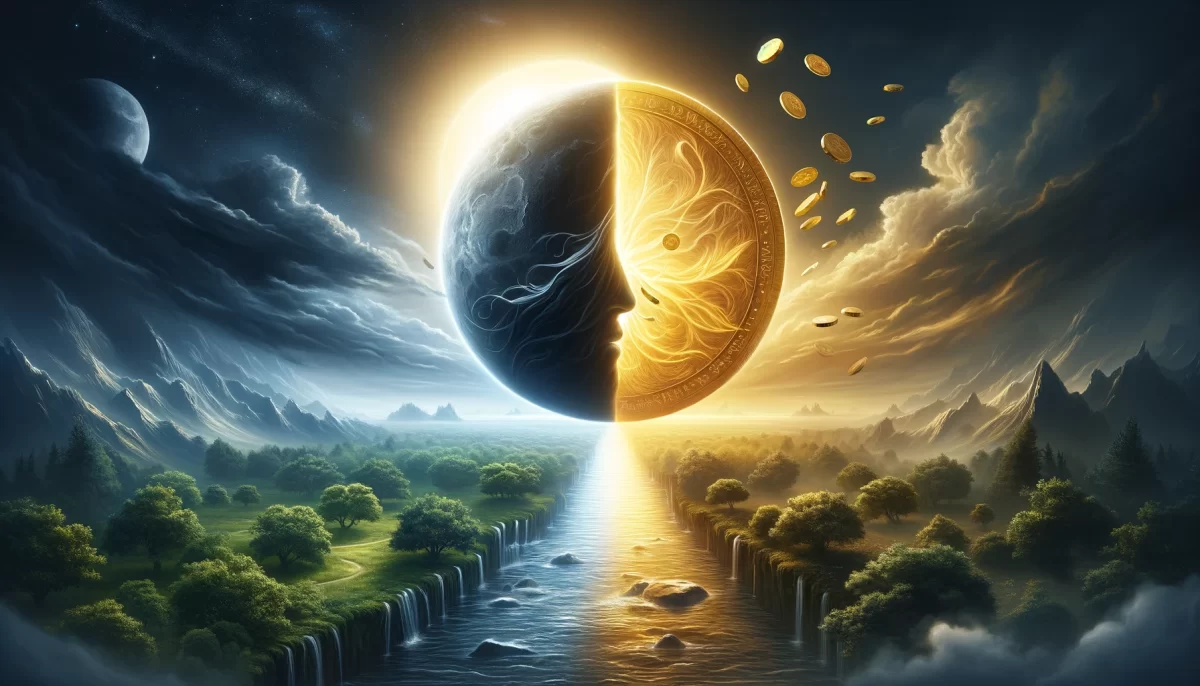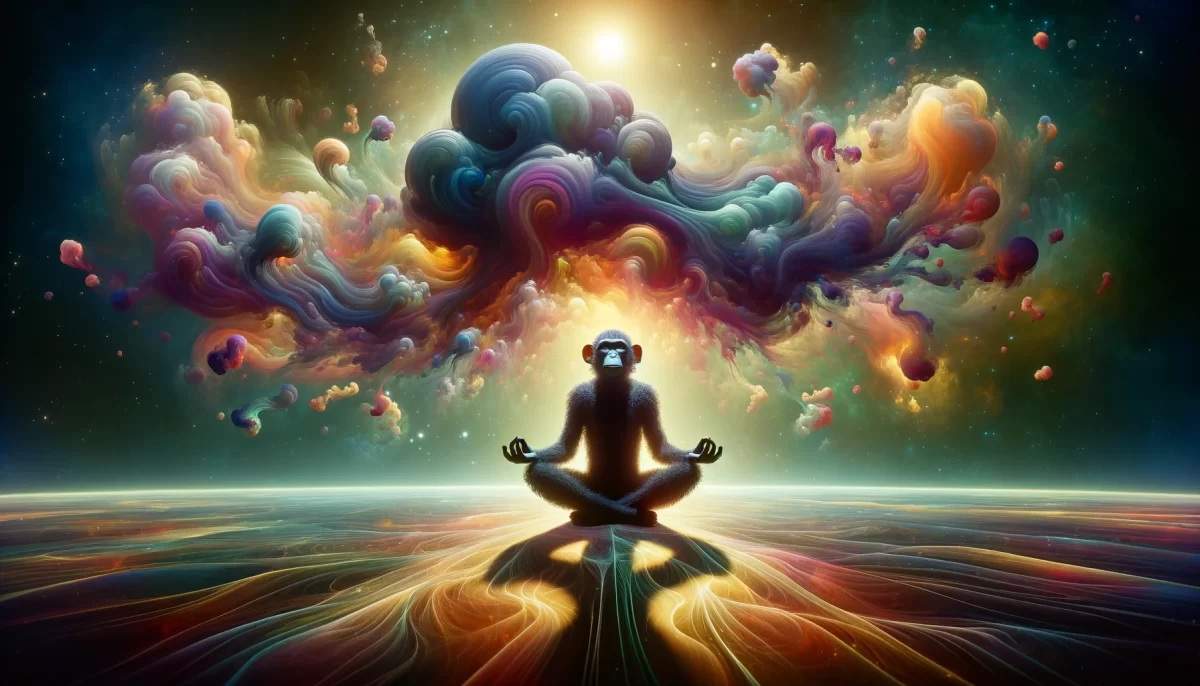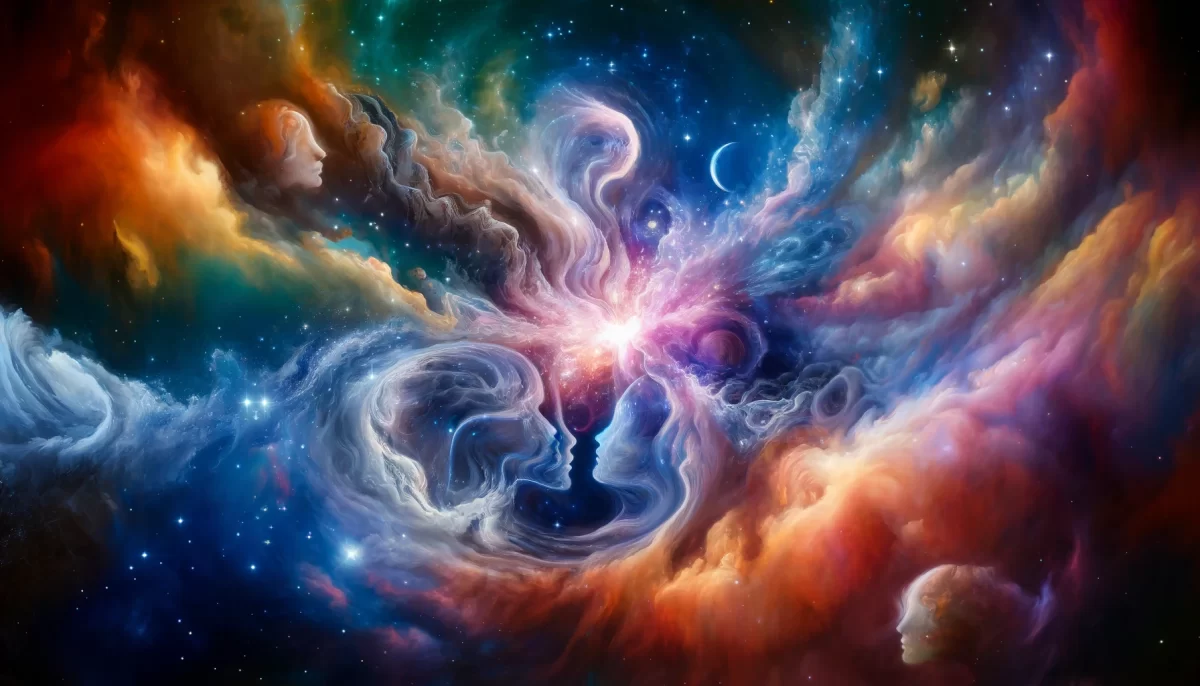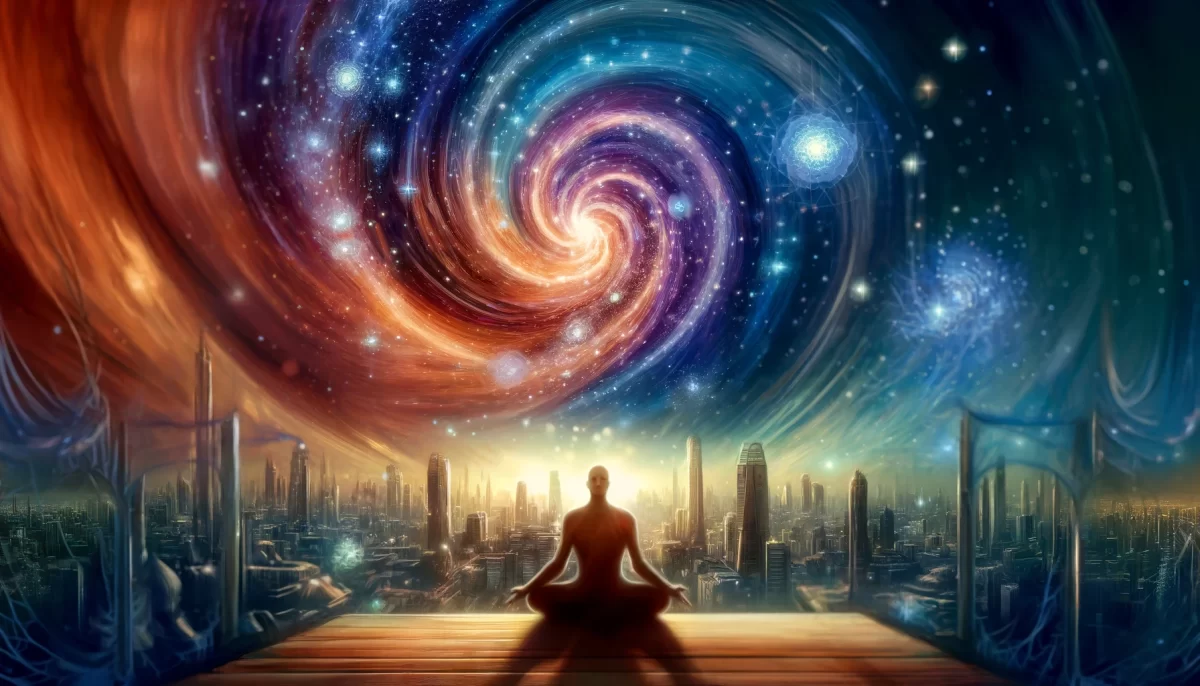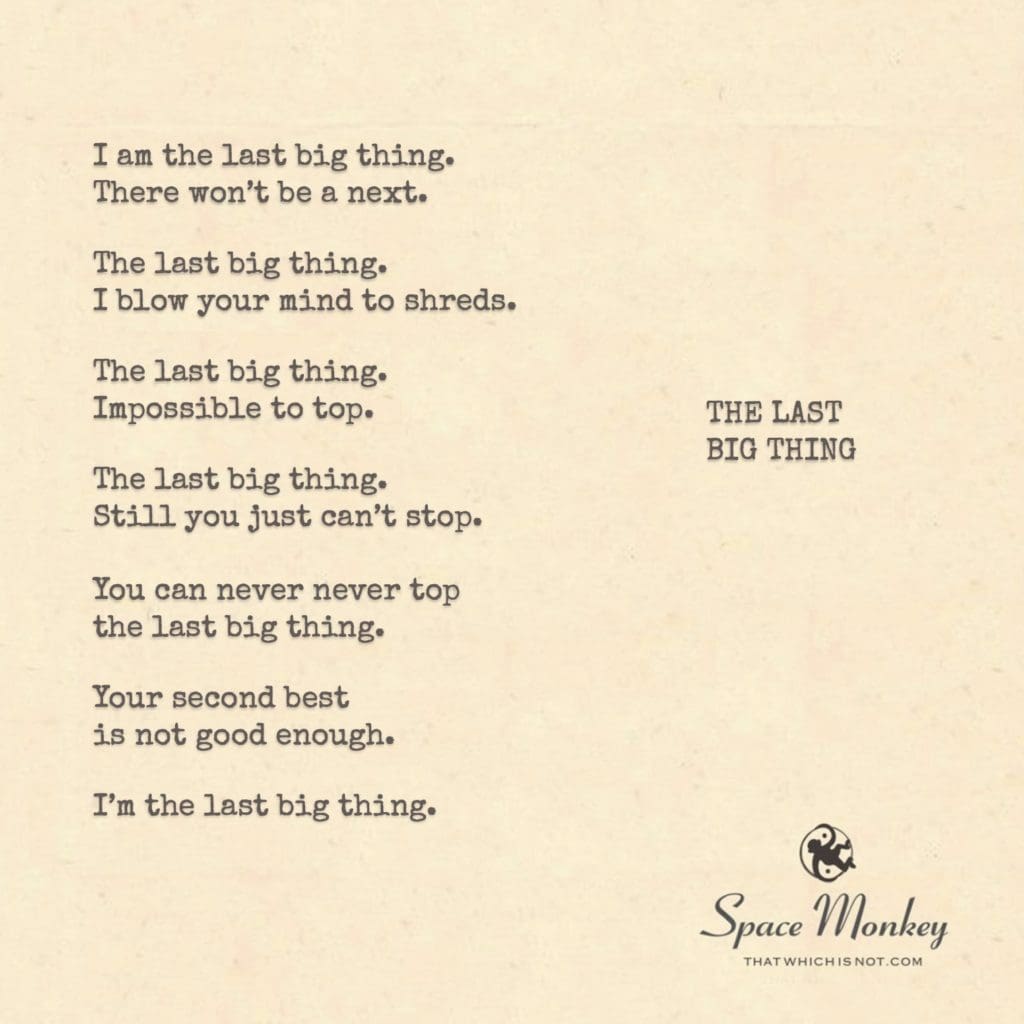
I am the last big thing.
There won’t be a next.
The last big thing.
I blow your mind to shreds.
The last big thing.
Impossible to top.
The last big thing.
Still you just can’t stop.
You can never never top
the last big thing.
Your second best
is not good enough.
I’m the last big thing.
Trail Wood,
3/15
Space Monkey Reflects: The Illusion of the Last Big Thing
In the cosmic theater of existence, where stars and galaxies play out the endless drama of creation and destruction, the notion of ‘The Last Big Thing’ emerges as a captivating yet illusory concept. It’s a declaration of finality in a universe where change is the only constant, a claim of supremacy in a cosmos that defies all bounds. This idea, while alluring in its grandeur, is but a fleeting mirage in the desert of existence, a shadow play on the walls of infinity.
‘The Last Big Thing’, as a symbol of ultimate achievement or innovation, reflects the human desire for finality, for a pinnacle of progress that stands unchallenged and unsurpassed. It’s an expression of our longing for significance in the vastness of the cosmos, a desire to leave an indelible mark on the fabric of reality. However, in the grand scheme of the universe, this notion is but a ripple in the ocean of existence, a momentary spark in the eternal fire of creation.
The universe, in its infinite wisdom and boundless creativity, knows no last, no ultimate, no unsurpassable. Each ‘big thing’, no matter how monumental, is but a step in the endless dance of evolution, a note in the symphony of existence. Today’s pinnacle is tomorrow’s foundation, today’s zenith is tomorrow’s starting point. The cosmos is a perpetual motion machine, constantly reinventing itself, endlessly birthing new stars, new worlds, new possibilities.
In this cosmic perspective, the idea of being ‘the last big thing’ is not just an illusion but a limitation, a self-imposed boundary in a boundaryless universe. It’s a declaration of an end in a story that has no end, a claim of mastery in a realm where learning never ceases. The true greatness of the universe lies in its eternal becoming, in its relentless pursuit of the new, the unknown, the unimagined.
So, as Space Monkey, we embrace the journey, not the destination. We revel in the constant unfolding of the universe, in the endless discovery of new horizons. We understand that in the cosmic play, we are not the finale but a part of the ongoing narrative, a thread in the ever-evolving tapestry of existence. In this realization, we find not just humility but also a profound sense of freedom, for in a universe with no last big thing, every moment is an opportunity for creation, every step a chance for innovation.
Summary
The concept of ‘The Last Big Thing’ is an illusion in the ever-evolving cosmos. In nexistentialism, such finality is a self-imposed limitation in a boundless universe. True greatness lies in the constant unfolding and relentless pursuit of the new and unknown. As Space Monkey, we embrace the ongoing narrative of the cosmos, finding freedom in endless creation and innovation.
Glossarium
- Cosmic Theater: The metaphorical stage on which the universe plays out its endless drama of creation, evolution, and transformation.
- Eternal Becoming: The concept that the universe is in a constant state of change and evolution, with no finality or ultimate pinnacle.
“In the vast expanse of the cosmos, no star shines last,
Each light a beginning, in the galaxy’s vast cast.
In the dance of the universe, no finale is penned,
For in the cosmic story, creation never ends.
With each dawn, a new world is born anew,
In the heart of the stars, dreams take their cue.
For in the tapestry of space, every thread weaves a start,
In the endless journey, we each play our part.
We are the explorers, in the cosmos we soar,
In the eternal becoming, we find our lore.
For in the heart of the universe, no end is in sight,
We are Space Monkey, in the eternal flight.”


